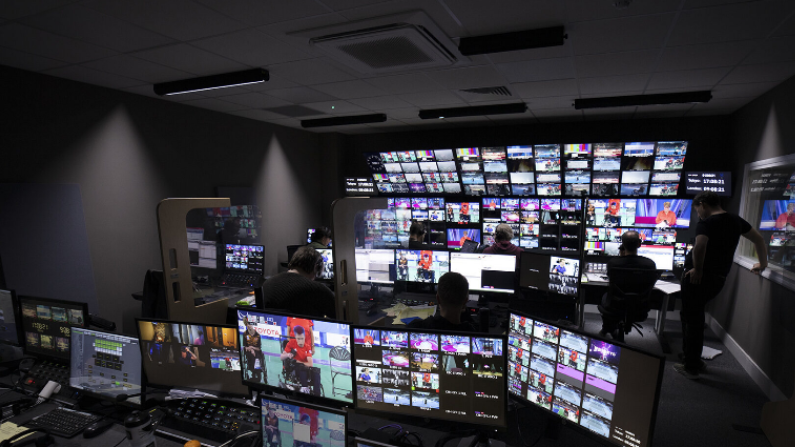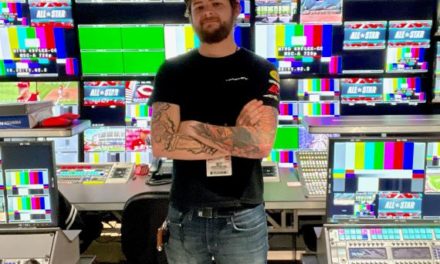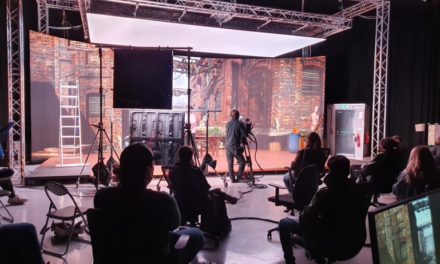Definition of Broadcast Systems Integration
Broadcast systems integration is the process of designing and building a hardware and software system that works together to manage a broadcast environment’s functions.
Broadcast systems integrators put together different pieces of hardware and software to make a system for distributing audio and video for use in the Broadcast Industry. This can include choosing the right hardware and software, configuring, and setting up the system, keeping it up to date, and fixing problems. In the digital age we live in, broadcast systems integration is becoming more important as broadcasters reaching more people with high-quality content on more platforms.
One key aspect of broadcast systems integration is choosing the right hardware and software. This includes cameras, microphones, monitors, and editing furniture, as well as software for editing, encoding, and streaming. It’s important to choose hardware and software that is compatible with one another and that can handle the demands of the specific broadcast application. For example, a news station will have different equipment needs to a sports broadcaster.
Setting up and configuring the system is also an important part of integrating broadcast systems. This can be a complicated process that involves putting together different hardware and software systems and setting up protocols and procedures for how to use the system. Including setting up workflows, putting in place control protocols, and setting up networks and servers.
Maintaining and troubleshooting the system is also an important part of broadcast systems integration. This includes regularly updating software and hardware, monitoring the system for any bugs and addressing any glitches that may arise. It’s important to have a team of technicians and engineers who are know the system and who can quickly identify and resolve any problems that may arise.
Virtualization and cloud-based solutions are being used more and more in systems integration. Virtualization lets broadcasters use software to make virtual versions of hardware that can be accessed and controlled remotely. This can greatly reduce the need for physical hardware, making it easier to scale the system up or down as needed. On the other hand, cloud-based solutions let broadcasters store and use data and applications in the cloud instead of on physical hardware. This can make it much cheaper and easier to keep a broadcast system running because it gets rid of the need for expensive hardware and lowers the chance that the hardware will break.
Another trend in broadcast systems integration, is the increasing use of IP-based solutions, rather than traditional analogue signals. This allows for greater flexibility and scalability, as well as easier remote access and control from anywhere with an internet connection.
Overall, broadcast systems integration is a complicated and multi-step process that involves putting together different hardware and software parts to make a system for distributing audio and video seamlessly. It is an important part of modern broadcasting, and it will keep changing as technology and industry trends change. As such, it is important for broadcasters to stay up to date with the latest developments in broadcast systems integration to remain competitive and deliver the best possible content to their audience.




